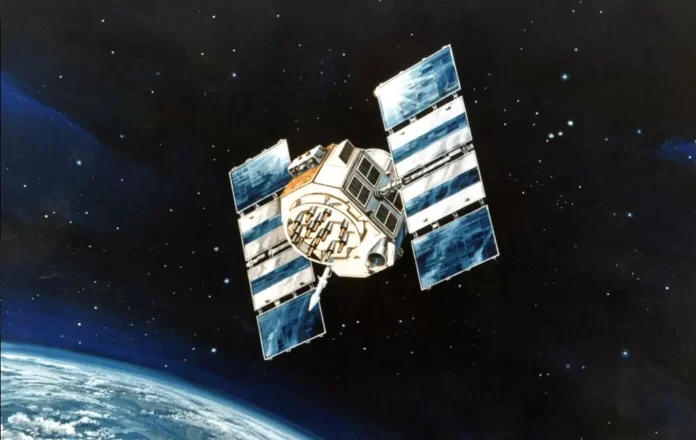Global Navigation Jamming and Spoofing: A Growing Threat to Critical Services
As the world becomes increasingly interconnected, our reliance on technology for navigation and communication has grown significantly. One of the most widely used technologies for navigation is the Global Positioning System (GPS) and other global navigation satellite systems (GNSS). However, in recent years, these systems have become increasingly vulnerable to jamming and spoofing attacks, posing a major threat to critical services such as aviation, shipping, and emergency services.
The rise in geopolitical tensions has led to an increase in these attacks, making it imperative for countries, especially the United States, to take immediate action to safeguard their GNSS systems. In fact, according to a report by the European Global Navigation Satellite Systems Agency (GSA), there has been a significant increase in the number of jamming and spoofing incidents targeting GNSS since 2017. This trend is expected to continue, making it crucial for countries to address this issue swiftly.
Jamming and spoofing attacks involve disrupting or manipulating the signals from GNSS satellites, causing serious disruptions to critical services. In jamming attacks, the satellite signals are overwhelmed by a stronger and false signal, making it difficult for devices to accurately determine their location. On the other hand, spoofing attacks involve transmitting false signals to deceive the receiver into believing it is receiving the correct location information, when in reality, it is not. These attacks not only affect GNSS receivers but also other connected devices that rely on location-based services, further amplifying the impact.
One of the main reasons for the increasing vulnerability of GNSS systems is the widespread availability of cheap and easily accessible jamming and spoofing devices. These devices, which can be purchased online, are capable of disrupting GNSS signals within a large radius. This has made it easier for attackers to target critical infrastructure and services, posing a significant threat to public safety and national security.
The aviation industry is one of the most heavily reliant on GNSS for navigation and communication, making it a prime target for jamming and spoofing attacks. In fact, a study by the International Air Transport Association (IATA) revealed that in 2019, there were over 600 incidents of GNSS disruptions reported by airlines, with some resulting in flight diversions or delays. These attacks not only cause financial losses for airlines but also pose a serious risk to passengers and crew.
Similarly, the shipping industry heavily relies on GNSS for navigation and collision avoidance, making it vulnerable to jamming and spoofing attacks. A study by the Department of Homeland Security (DHS) found that a single jamming device can disrupt GNSS signals for ships within a radius of up to 10 kilometers, making it a major safety concern for maritime operations. Furthermore, in emergency situations, such as search and rescue missions, accurate location information is critical, and any disruption to GNSS signals can have dire consequences.
It is evident that jamming and spoofing attacks on GNSS systems can have far-reaching consequences, and it is imperative for countries to take swift action to address this issue. The United States, being a global leader in GNSS technology, has a crucial role to play in finding effective solutions to combat these attacks. The U.S. Department of Defense, which oversees the GPS system, has taken steps to improve the resilience and robustness of the system, such as implementing advanced encryption methods. However, more needs to be done to protect critical services and infrastructure.
One of the proposed solutions is the implementation of a backup or alternative system, known as a complementary PNT (Positioning, Navigation, and Timing) system. This system, which would utilize different technologies and signals, would provide a reliable source of navigation and timing information in case of a GNSS disruption. The U.S. has already taken steps towards this by launching the eLoran system, which uses low-frequency radio signals to provide backup PNT information. However, more investment and development are needed for this system to be fully operational and integrated with existing GNSS systems.
Moreover, international cooperation and collaboration are crucial in addressing this issue. As jamming and spoofing attacks can have a global impact, it is important for countries to work together to develop effective solutions and share knowledge and expertise. The U.S. can play a leading role in this by actively engaging with other countries and organizations to address this growing threat.
In conclusion, the increasing frequency of jamming and spoofing attacks on GNSS systems is

